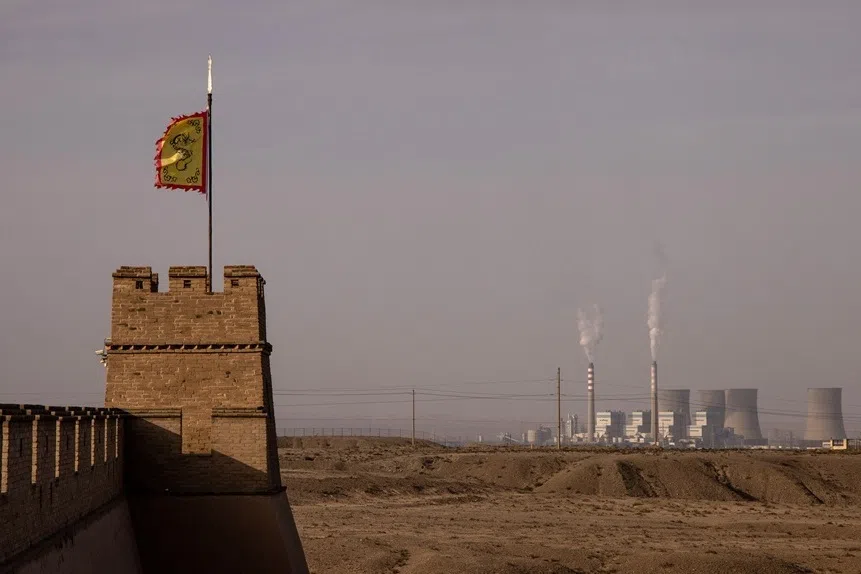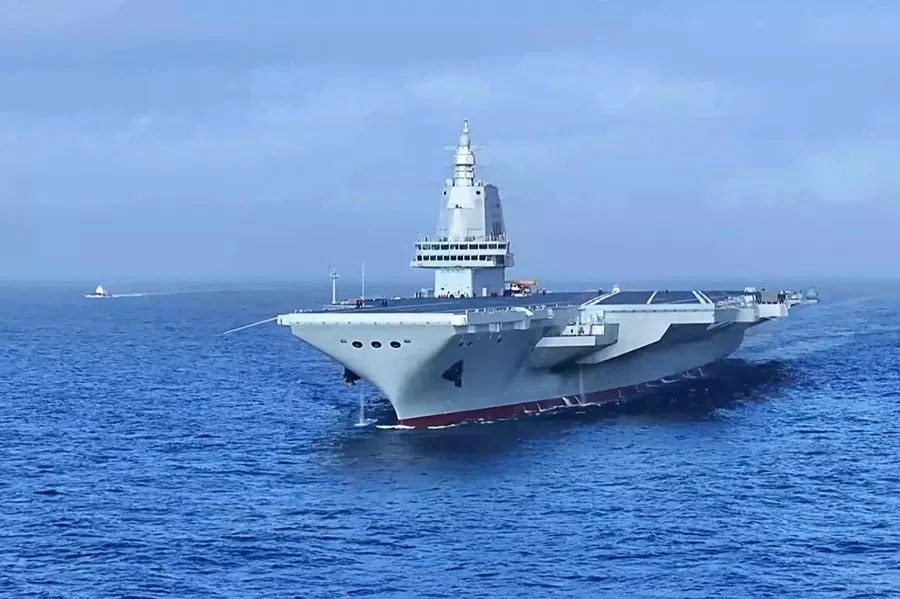Chinese academics: China-Russia relations are reaching new heights
Rather than the old "forced friendship" marked by "warm politics, cold economics", China and Russia's relationship has evolved to a new phase powered by strong internal dynamics manifesting political and economic warmth.

Chinese President Xi Jinping visited Russia from 20-22 March. This was his first visit abroad after the Two Sessions in March and his re-election as president. In 2013, when Xi first became the president, he had also visited Russia right after his election. His gesture is a sign of friendly and close China-Russia relations in the last decade.
Since China and Russia established a partnership of strategic coordination in 1996, the international community has not looked favourably upon the relationship. In its view, the two countries have a "forced friendship" forged from external pressure. Without much inherent motivation, such a relationship would not last long.
In the early days, China and Russia's "warped" relationship was defined by "warm politics, cold economics". In 2001, the two countries signed the Treaty of Good-Neighborliness and Friendly Cooperation. This agreement defined the parameters of their partnership of strategic coordination, and contained the pledge by both countries to "remain friends forever and never become enemies".
... by around 2019, China-Russia relations had fundamentally changed. Xi's most recent visit to Russia shows even more clearly that bilateral relations have evolved.
In 2019, both countries renewed and upgraded their 20-year-old treaty to a comprehensive strategic partnership of coordination for a new era. In 2018, bilateral trade had exceeded US$100 billion. By 2022, bilateral trade between both countries reached a record US$190 billion. This year, both countries declared that their comprehensive partnership for a new era has "reached the highest level in history and continues to move forward".
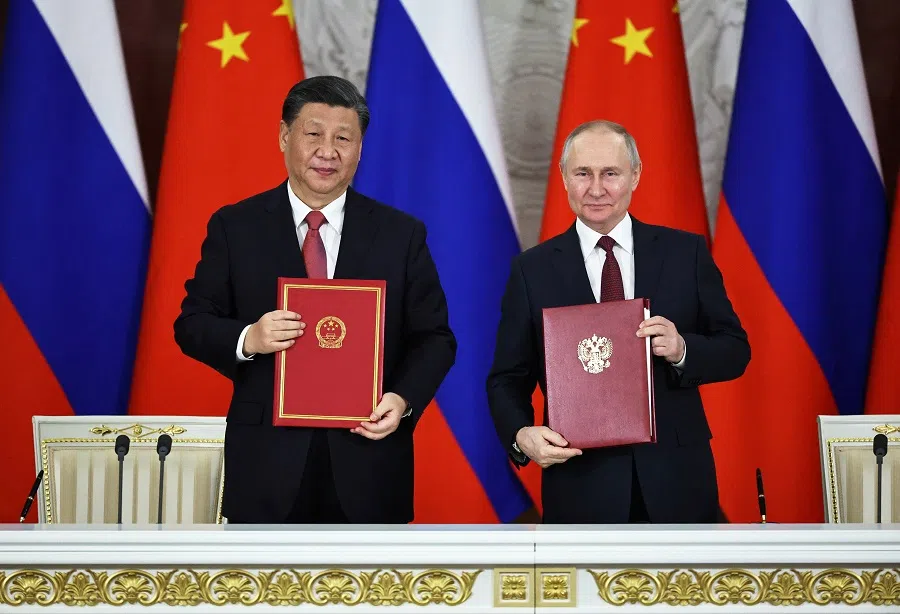
Evidently, by around 2019, China-Russia relations had fundamentally changed. Xi's most recent visit to Russia shows even more clearly that bilateral relations have evolved.
Economic and financial relations have grown
First, the economic and trade foundation of China-Russia relations has become stronger than ever before. From 1996 to 2019, China-Russia relations went through three phases, from "warm politics, cold economics" to "warm politics, lukewarm economics" and then to "warm politics, warm economics". During this process, political relations between both countries remained at a high and stable level, while economic and trade relations continued to warm. From 2019 to the present, economic and trade relations between both countries underwent a period of rapid growth, hitting US$190 billion in 2022, and rising by a whopping 34.3% year-on-year.
China and Russia are actively exploiting further areas of economic and trade cooperation.
Russia has become China's eighth largest trading partner (the first seven are the US, Japan, South Korea, Vietnam, Germany, Australia and Malaysia). Bilateral trade between China and Russia reached US$53.84 billion in the first quarter of this year, rising 38.7% year-on-year. If this growth rate is maintained for the remaining three quarters of the year, the trade volume between China and Russia could easily exceed US$200 billion, propelling Russia to become China's fourth largest trading partner.
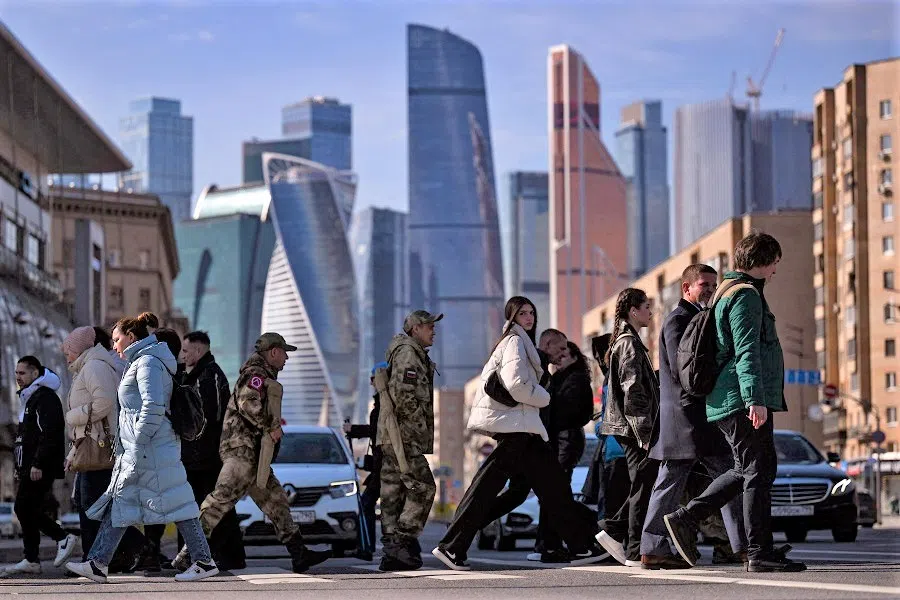
Also, China and Russia are actively exploiting further areas of economic and trade cooperation. In February this year, Russia offered to develop Heixiazi Island with China. If this joint project materialises, other more ambitious economic projects between China and Russia could be developed.
Second, there is an unprecedented deepening of China-Russia financial cooperation. Before the US and other Western countries imposed financial sanctions on Russia in 2022, even the most optimistic and craziest person would never have imagined that the renminbi (RMB) would become the most traded currency in Russia in February this year.
According to the Moscow Exchange, US dollar and RMB transactions amounted to 1.42 trillion roubles and 1.48 trillion roubles in February respectively, with the RMB surpassing the US dollar for the first time. Also in February, RMB transactions accounted for nearly 40% of all transactions, slightly higher than the US dollar's 38% and much higher than the euro's 21.2%.
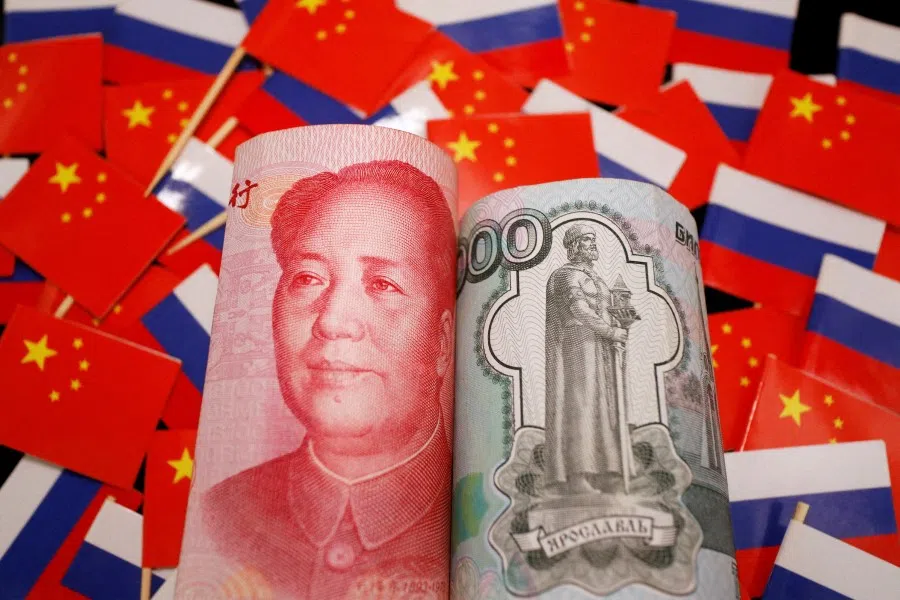
Comparatively, in February 2022, the US dollar accounted for as much as 87.6% of foreign exchange transactions in Russia, followed by the euro at 11.9% and the RMB at just 0.32% - the proportion of RMB in Russia-China trade is expected to increase over the coming months, which is clearly the result of Russia's de-dollarisation and adjustment of its asset allocation after hedging against sanctions from Western countries since the war in Russia.
Potential to internationalise RMB and improved trade structure
Currently, there is no deliberate effort to internationalise the RMB, but given the climate of general global fear of the US's abuse of financial sanctions, naturally, China would not miss the opportunity to internationalise the RMB, just in case. The strategic financial complementarity between China and Russia has led the two countries to ramp up financial cooperation, steadily increasing the proportion of local currency settlement in bilateral trade, investment, loans and other economic and trade exchanges in response to market demand.
... last year, due to Western sanctions, more than 1,000 companies withdrew from the Russian market, mainly in manufacturing and electronics, while Chinese goods quickly filled the gap.
Thirdly, the trade structure between the two countries continues to be improved. The Western sanctions against Russia in 2022 were harsh as never before, leading to significant changes in the scope and volume of demand for Chinese goods in Russia.
Figures show that last year, due to Western sanctions, more than 1,000 companies withdrew from the Russian market, mainly in manufacturing and electronics, while Chinese goods quickly filled the gap. For instance, following Mercedes-Benz pulling out of the Russian market, Hongqi is expected to take its place. The share of Chinese cars in the Russian new-car market increased from 10% to 38% last year, while Chinese brands such as Li Ning and Anta have replaced Western ones such as Adidas and Nike; in Russian electronics stores, Chinese brands such as Huawei, Xiaomi, and VIVO are everywhere.
The overall improvement of the China-Russia trade structure has prompted Chinese President Xi Jinping to sign the "Pre-2030 Development Plan on Priorities in China-Russia Economic Cooperation" during his visit to Russia.
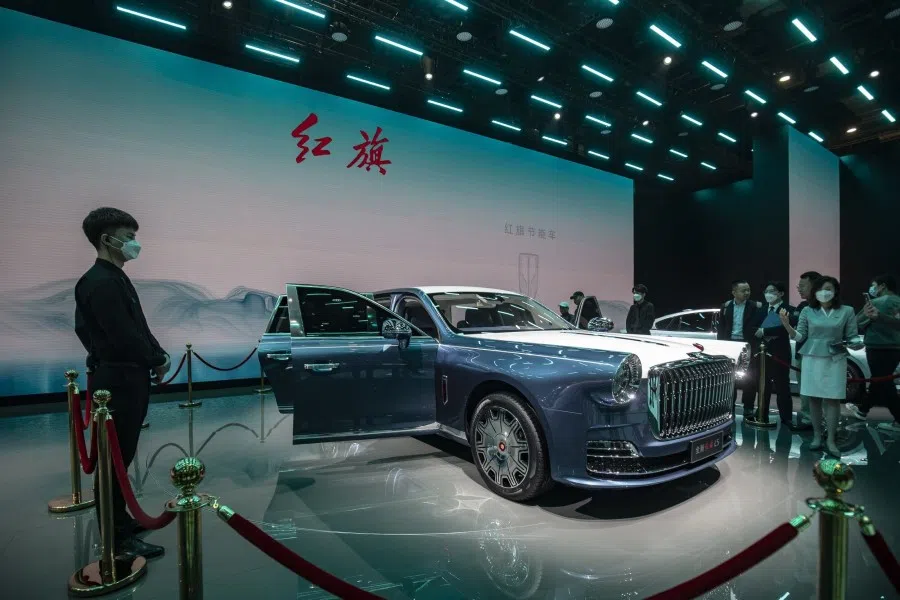
In short, since 2013, China and Russia have maintained a friendly and stable comprehensive strategic partnership. Energy remains at the centre of economic and trade relations between the two countries, but prompted by external circumstances, trade and financial cooperation between China and Russia have grown rapidly, and the economic and trade structure has been improved. China and Russia have made the transition to political and economic warmth.
However, as this transition has been too quick, the international community - out of force of habit - has not yet realised that China-Russia relations have moved beyond the old "forced friendship" and "warm politics, cold economics" to a new phase of internal dynamics and political and economic warmth.
This article was first published in Lianhe Zaobao as "中俄关系已然蜕变".
Related: Will de-dollarisation help China and Russia shape a new world order? | Will China and Russia join hands to push for an alternative world order? | What a weakened Russia would mean for China | China's alliance with Russia is solidifying | China's softening stance on its 'no limits' relations with Russia


